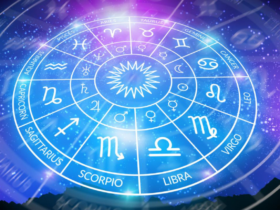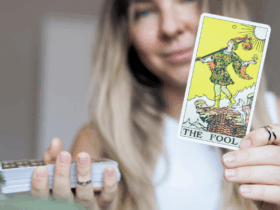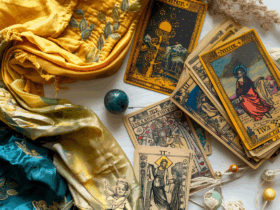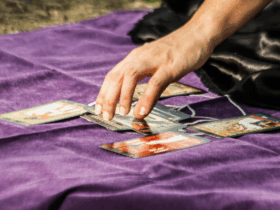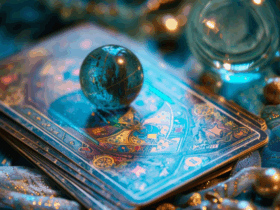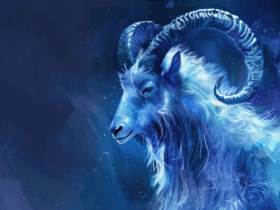Tarot readings are often seen as a mystical tool for guidance, but psychology reveals that cognitive biases play a key role in how people interpret the cards. Cognitive biases are systematic patterns of thinking that influence perception, memory, and decision-making. In tarot, they can shape beliefs and reinforce personal narratives.
One of the most significant biases at play is the confirmation bias, where individuals focus on information that supports their pre-existing beliefs while ignoring contradictory details. When receiving a tarot reading, a person may latch onto a card’s meaning that aligns with their hopes or fears, reinforcing what they already feel to be true.
Another major factor is the Barnum effect, which explains why people find vague, general statements highly personal. Many tarot interpretations are open-ended, allowing individuals to assign personal meaning to them. This makes readings feel eerily accurate, even when the same message could apply to anyone.
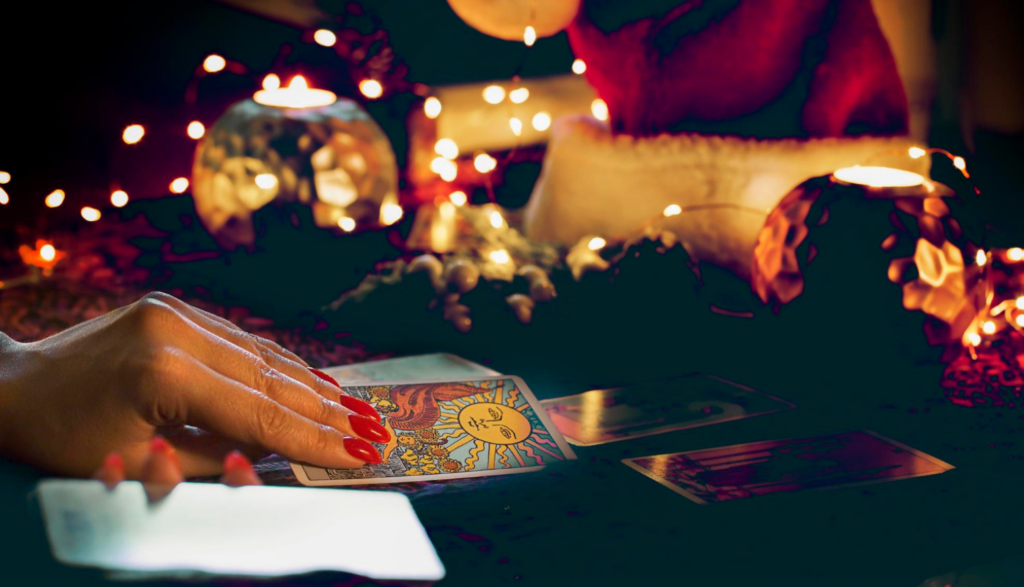
The availability heuristic also plays a role—people tend to recall instances that confirm the accuracy of previous readings while forgetting times when the predictions were off. This selective memory strengthens belief in tarot’s power over time.
Understanding these biases doesn’t necessarily diminish the value of tarot for self-reflection. Instead, it highlights how our minds seek patterns and meaning, whether through science or mysticism. By recognizing cognitive biases, individuals can approach tarot readings with a more critical yet open perspective, using them as a tool for introspection rather than absolute truth.
Related: Career Talents by Zodiac: What You’re Meant to Master





